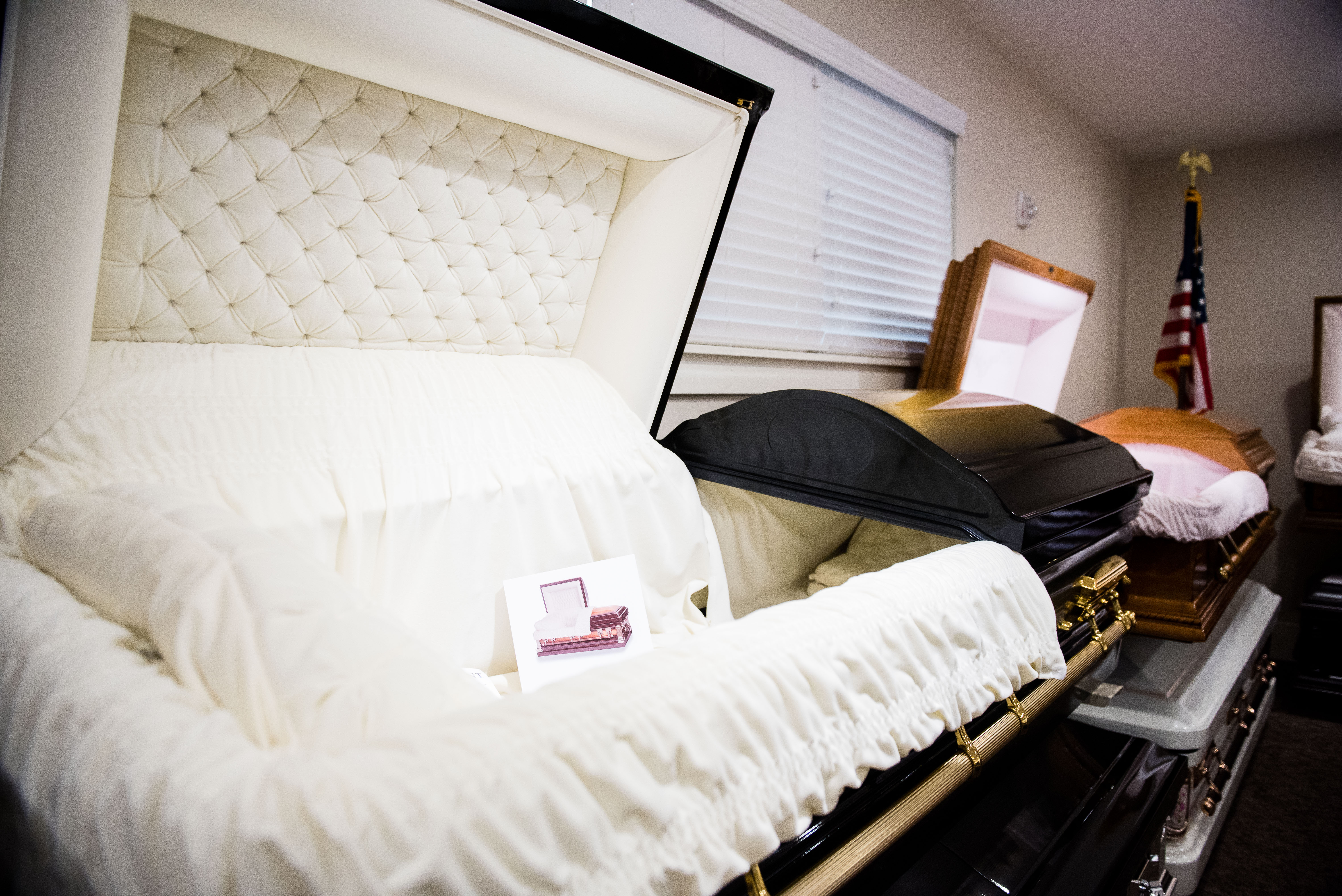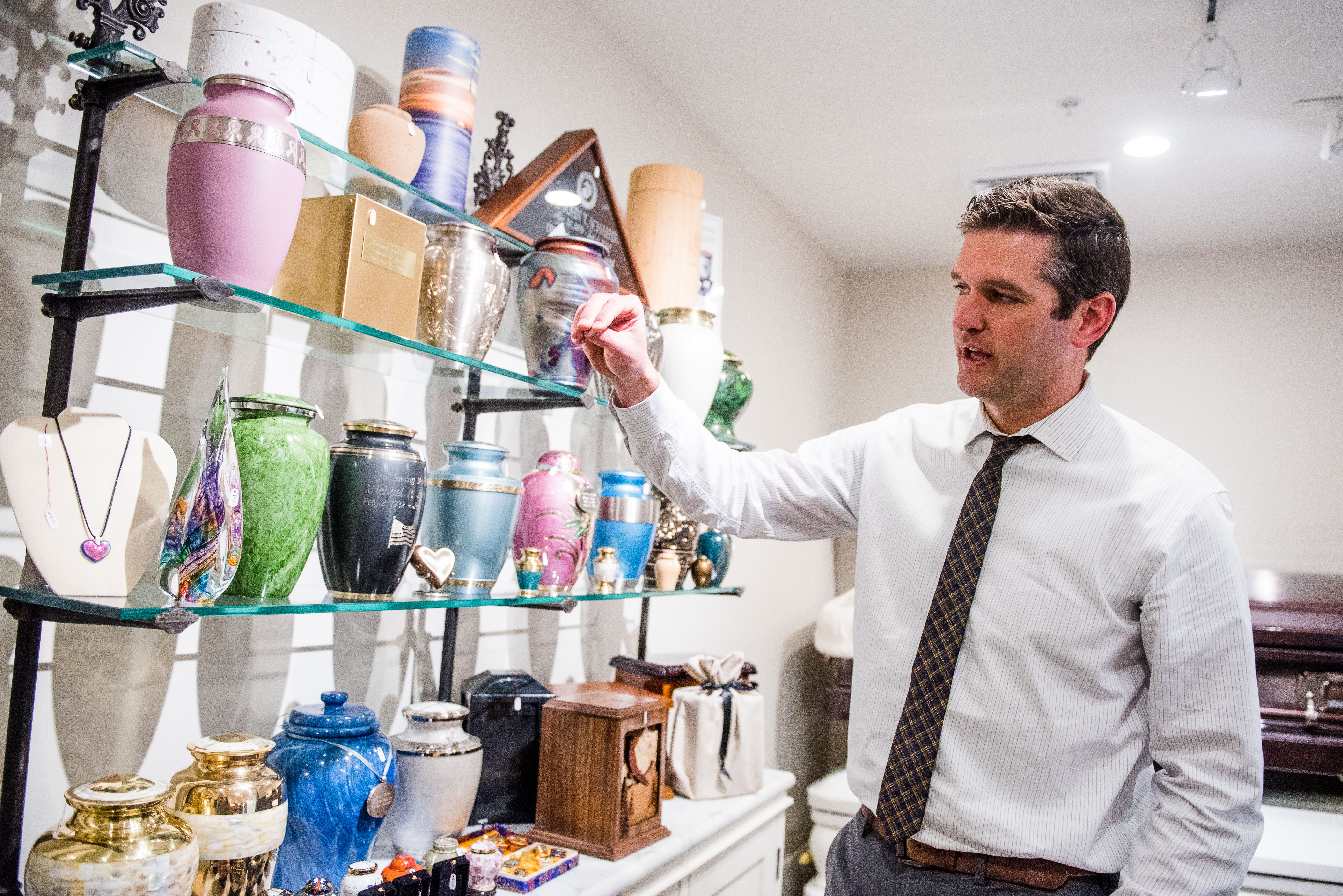
“The baby boomers have changed every industry in their lives, so they’ll change this one as well,” said funeral director and founder of Nelson Family Mortuary Lance Nelson. Nelson said a new body disposal technique, “green cremation,” provides new options for families and is much cheaper, especially if you decide to keep rather than bury the remains. But is cost-effectiveness enough reason to justify washing grandma’s remains down a drain?
The answer isn’t so simple. Though the process is called green cremation, it doesn’t involve a flame. Funeral Director Brad Walker, a board member of the Utah Funeral Directors Association, said, “We’ve taken information from the National Funeral Directors Association, … (and) they want to make sure that it is not attached to cremation. … It is a completely different process.”
According to HB 387, the 2018 bill that made the process legal in Utah, the scientific name of green cremation is alkaline hydrolysis. During the process, the remains are quickly dissolved by an acidic solution and pressure, and the byproduct is flushed down a drain. Because both the chemicals and remains are destroyed in the process, the clean, nutrient-rich by-product, often compared to soapy water, can be washed down a drain without any chemical danger to the environment.

Funeral Director Cole Houghton from Tooele said that in the traditional earth burial embalming process, a corpse’s blood is literally washed down a drain. During the alkaline hydrolysis process, however, the byproduct is no longer human and does not contain DNA remains. According to Houghton, the process does not flush anyone down a drain — just some soapy byproduct.
Just as in cremation, which is where the name “green cremation” comes from, the dry bones are returned to the family in the form of ashes. Studies from greencremation.com have shown that green cremation reduces a carbon footprint by over 75 percent. For people who want to be green even in death, this is an enticing offer.
Though Utah was the 14th state to make the process legal, some representatives raised concern about whether the process provides enough respect to bodies. Rep. Mike Noel, R-Kanab, said, “It just seems like a very macabre thing to do with the human body, … so I’ll be voting against this.”
Rep. Steve Handy, R-Layton, said the process is by no means mandatory and provides families with more options, especially families who prefer a greener means of cremation.
The Church of Jesus Christ of Latter-day Saints has encouraged burial as the best means of taking care of the deceased. Though the church has yet to make a statement about alkaline hydrolysis, it has said the following about traditional cremation: “The church does not normally encourage cremation. The family of the deceased must decide whether the body should be cremated, taking into account any laws governing burial or cremation. In some countries, the law requires cremation.”

Nelson said he doesn’t prefer cremation because it’s more brutal, and he doesn’t feel it’s the most respectful way to deal with a body.
Houghton said he feels the same way. However, he also said that he believes the alkaline hydrolysis process is much more gentle. He plans to be the first in the state to provide this process, and his business hopes to offer it to families by the end of the year. Houghton initiated the process of getting the bill passed because he heard about this process on a podcast and decided he wanted a machine.
Houghton said that of all the available options, green cremation is the most environmentally friendly. He said in the traditional embalming process, there are often harmful drugs, such as cancer drugs, in the blood. But, according to regulation, this is just washed down a drain. With green cremation, all the drugs are destroyed, and the byproduct is much cleaner. He said that someday when the process is less new, the byproduct could be used to fertilize a beautiful flower garden rather than be washed down a drain.
Houghton said the main reason he turned to green cremation was because he had a client whose wife had died and had desired cremation. Houghton’s client was struggling with her death and requested to view the cremation with Houghton so he could understand the process.
“I watched him watch his wife be cremated. … The alkaline hydrolysis process is more gentle. It’s quieter, it takes less energy, and you don’t have to watch it happen,” Houghton said. Soon afterward, he called the Utah Funeral Directors Association and asked for their help in getting a bill passed to make the process legal in Utah.
The Utah Funeral Directors Association hired Candace Daly as the lobbyist for the bill and helped Houghton get it passed. Houghton said that there are many benefits to the process of green cremation, such as preserving more remains to give back to the family and feeling a sense of completion and closure in knowing where the body is and in what condition.
“You don’t know what state the body is in when it’s been buried,” Houghton said. “I like how there is an ending with cremation — you know exactly what’s been done.”
Houghton said it will be a great new option for people who want to be environmentally friendly and want to live within a budget.




